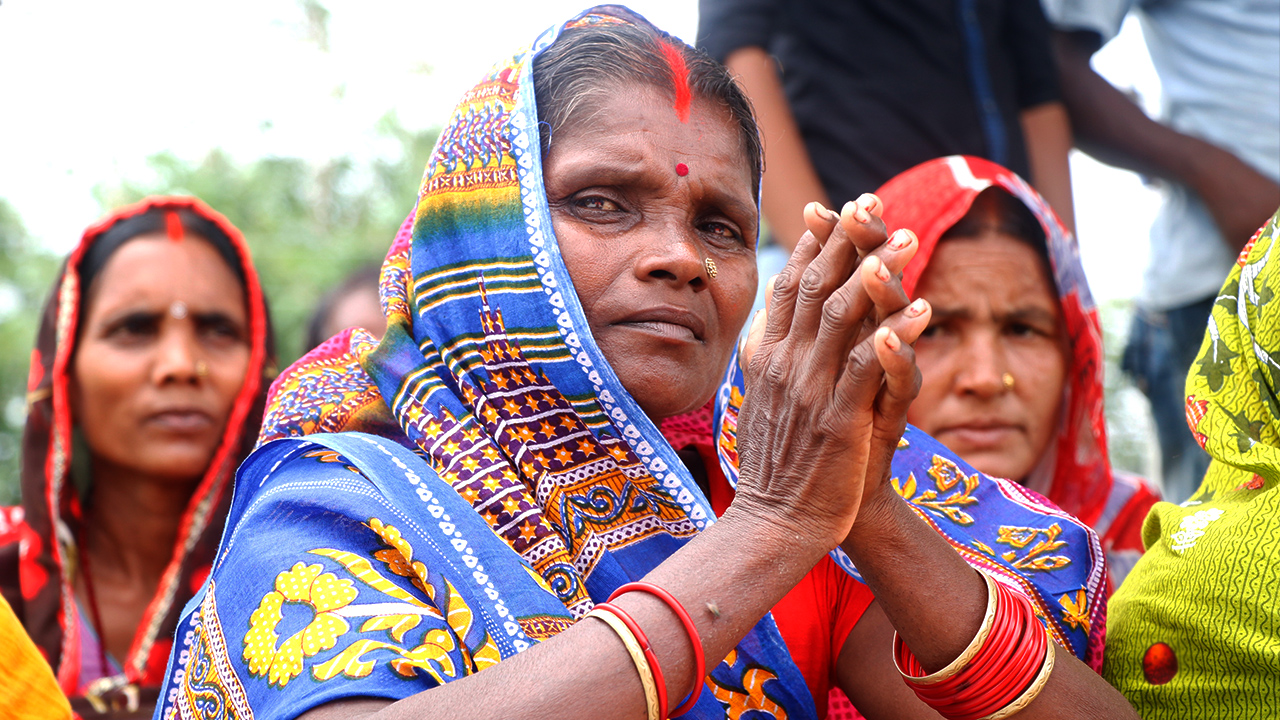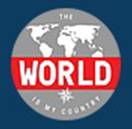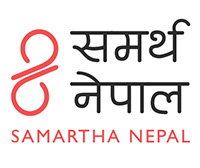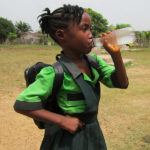
NEPAL
Women and young girls travel for hours each day to access water. This often puts them at risk of being trafficked and prevents the girls from attending school.
Since 2017, The Waterbearers have responded annually by providing filters and solar lanterns along with education on water and hygiene to those evacuated during flooding and living in the low lands. Most of Nepal’s rainfall comes during the monsoon season, typically lasting from June to September, when millions of people across Nepal, India, and Bangladesh are displaced. In the lowlands of southern Nepal, the relentless monsoon rains can claim hundreds of lives.
In October 2018, eight members of The Waterbearers travel team arrived in Kathmandu to make the arduous week-long journey to reach populations in need of clean water.
In Kathmandu, they visited the Tamang community of Dkoshan; a high-school in the Mithila Bihari Municipality of Janakpur; and the slum settlement in Pokhara, home to 103 households and an orphanage and study center, New Hope Charitable Children’s Home (NHCCH). The Waterbearers, TWIMCF, and NHCCH agreed to provide the study center with a new water system using bio-sand filter technology and UV light, plus 100 Sawyers filters. This system was completed in March 2019.
In August 2019, Jane Brinton, Executive Director of The Waterbearers and Priyasha Maharjan, Director of the Janata Clinic and Samartha Nepal traveled to Birgunj on the border of Nepal and India, to one of the areas most affected from the recent monsoon. One hundred emergency supply bags that included blankets, toiletries, medical supplies, personal hygiene kits for women, Sawyer filters, and LuminAid solar lanterns were distributed to those displaced. Shadman Gaam and the people of Kandahar, Afghanistan also provided funds to aid in this relief effort.
IMPACT 610 Sawyer filters with the potential reach of 60,000 people, and 17 schools with more than 8000 children. Plus 208 LuminAid solar lanterns.
LOCATIONS Birgunj, Birpur, Bhatigach, Morang district, and Agnisar Krishna Sarwan Village, Mirhila Bijari Municipality of Janakpur in Southern Nepal. Dhokshan in Kathmandu and Pokhara in the west.
DATES 2017 to 2020
PARTNERS The World Is My Country Foundation and Samartha Nepal




